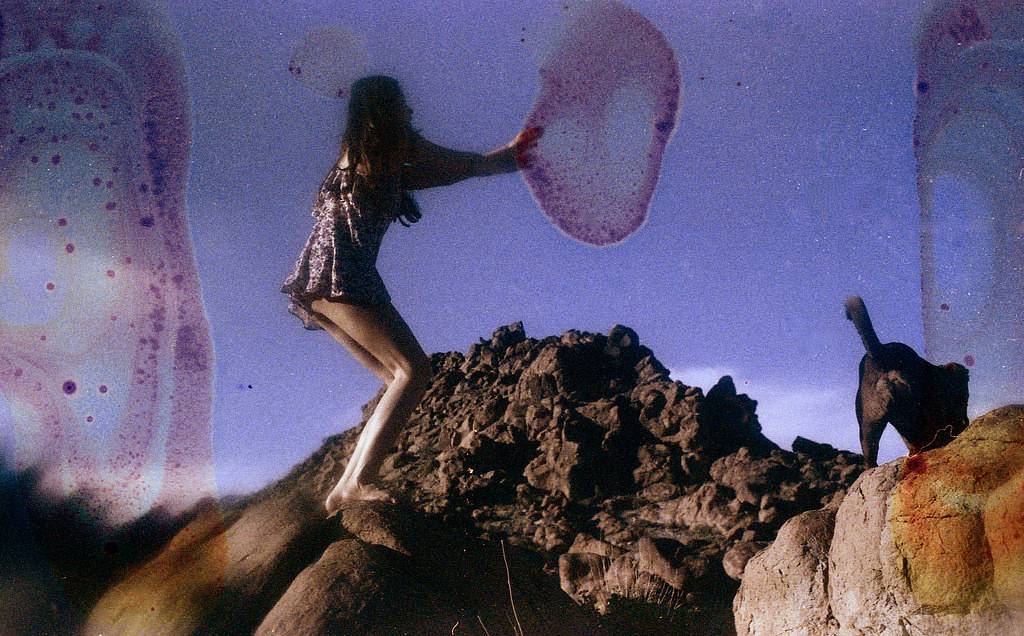
Sarah Schoenfeld exposes her film to crystal meth. Phillip Stearns shocks his film with 15,000 electrical volts. Brigette Bloom uses pee to make film soup. Luce Lebart shows us what happens when mold grows on photographic plates. Throughout the years, we’ve featured countless artists reinventing the rules of what photography can be. Here are just a few of them.
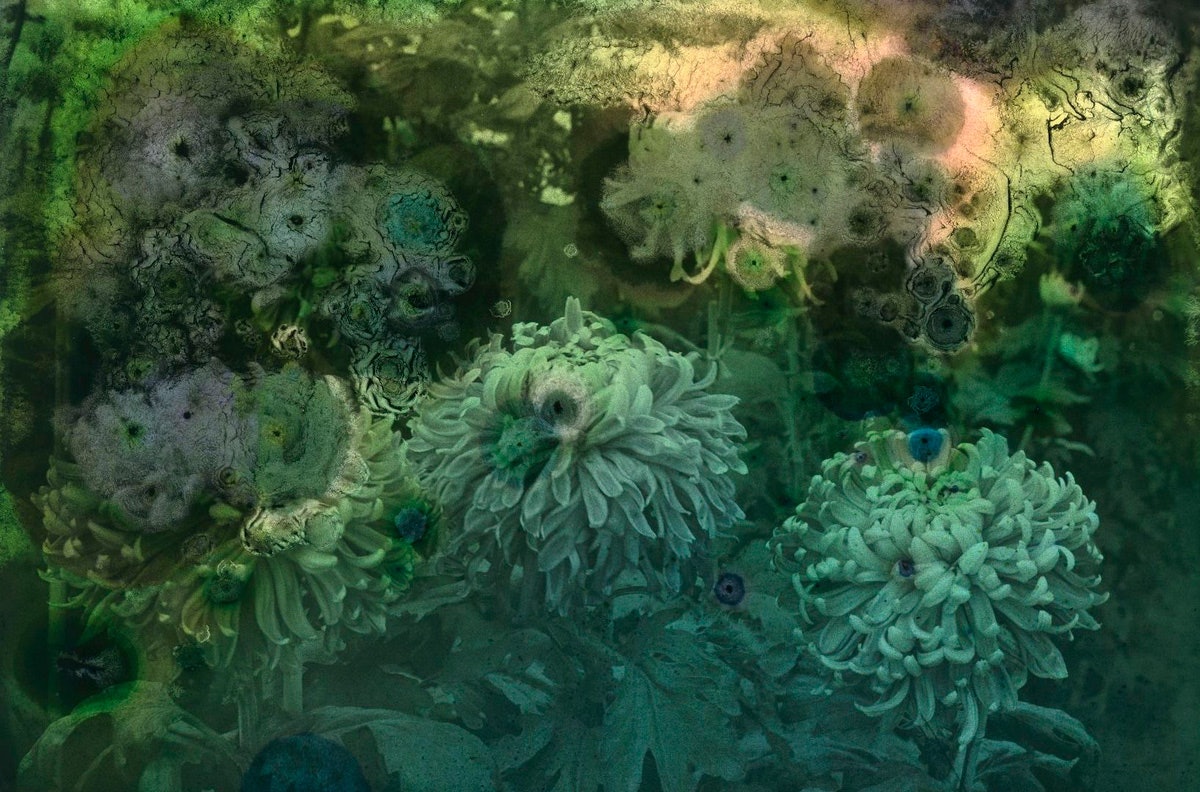
As director of the collections of the French Society of Photography, art historian Luce Lebart spends most of her time making sure the objects in her charge are preserved for generations to come. It was to her astonishment, then, that she discovered within the archives a long-forgotten box of plates that after having been exposed to flood waters, had become the breeding ground for all species of fungi. Instead of discarding the mysterious collection, she found beauty in the “destroyed” pictures, which she later published in the book Mold Is Beautiful.
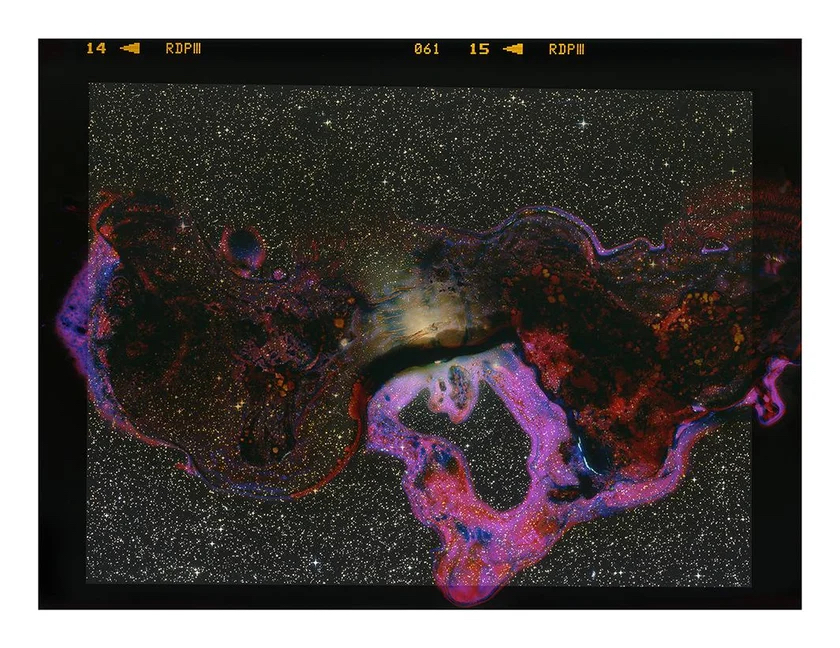
For Cosmos, the photographer Marcus DeSieno collects various strains of bacteria and breeds them on the surface of positive film slides depicting scenes from outer space. In scanning the film after it has been partially eaten away by the bacterial colonies, he unites the microscopic organisms with the infinite galaxies, condensing all of existence within a single frame.
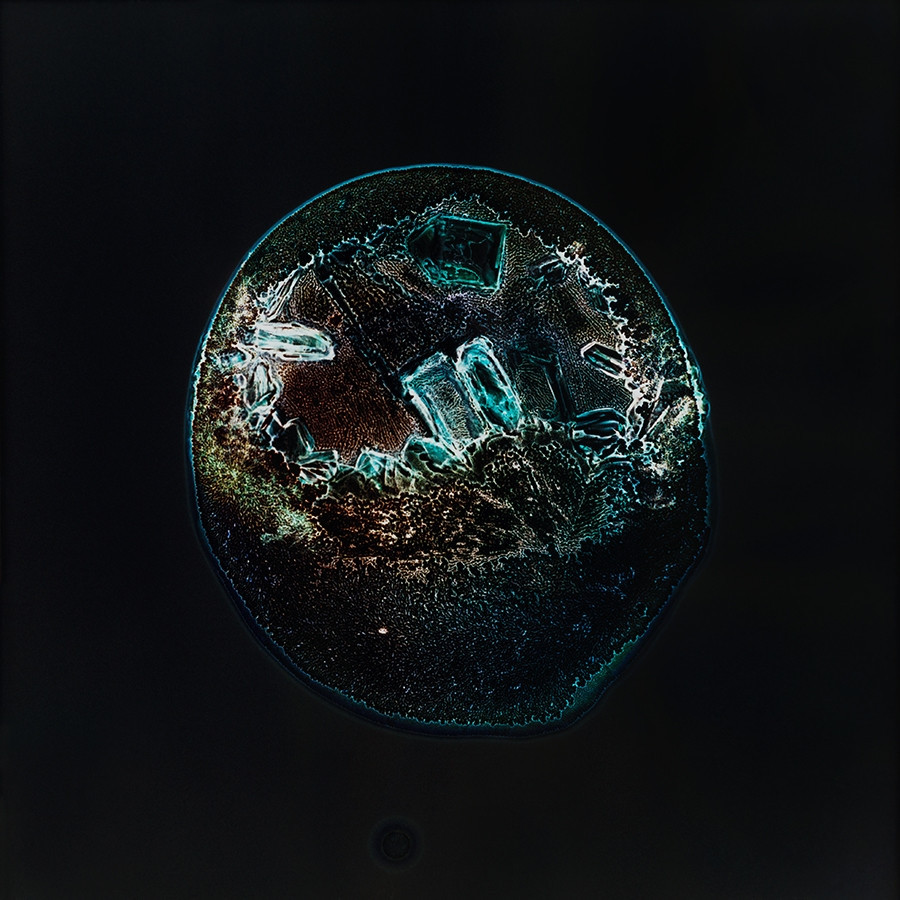
We know what most drugs look like—at least in material form that is. But what does their matter, their breakdown, their essence look like? German photographer Sarah Schoenfeld pursued this challenging question in All You Can Feel, a series of images of various drugs that she placed onto exposed negative film and then enlarged.
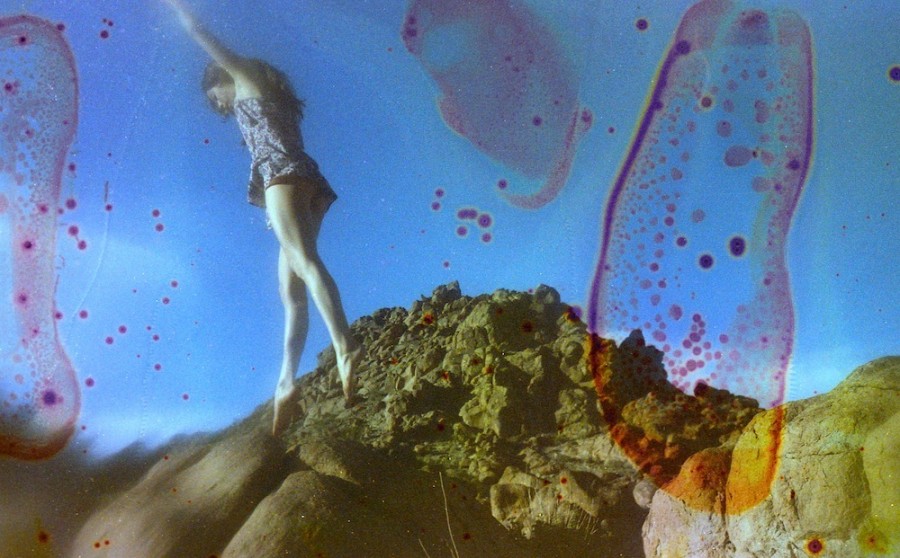
For Float On, the photographer Brigette Bloom soaks her film in urine, creating ethereal bubbles over a desert landscape in Hawaii. Before shooting, she will steep her film canister in a cup of her own pee, allowing the fluid to break down portions of the emulsion. After rinsing the canister and allowing it to dry outside for a week, she loads it into her camera and shoots. Bloom explains that each roll varies based on the time of day when the urine is collected and what she ate that particular day.
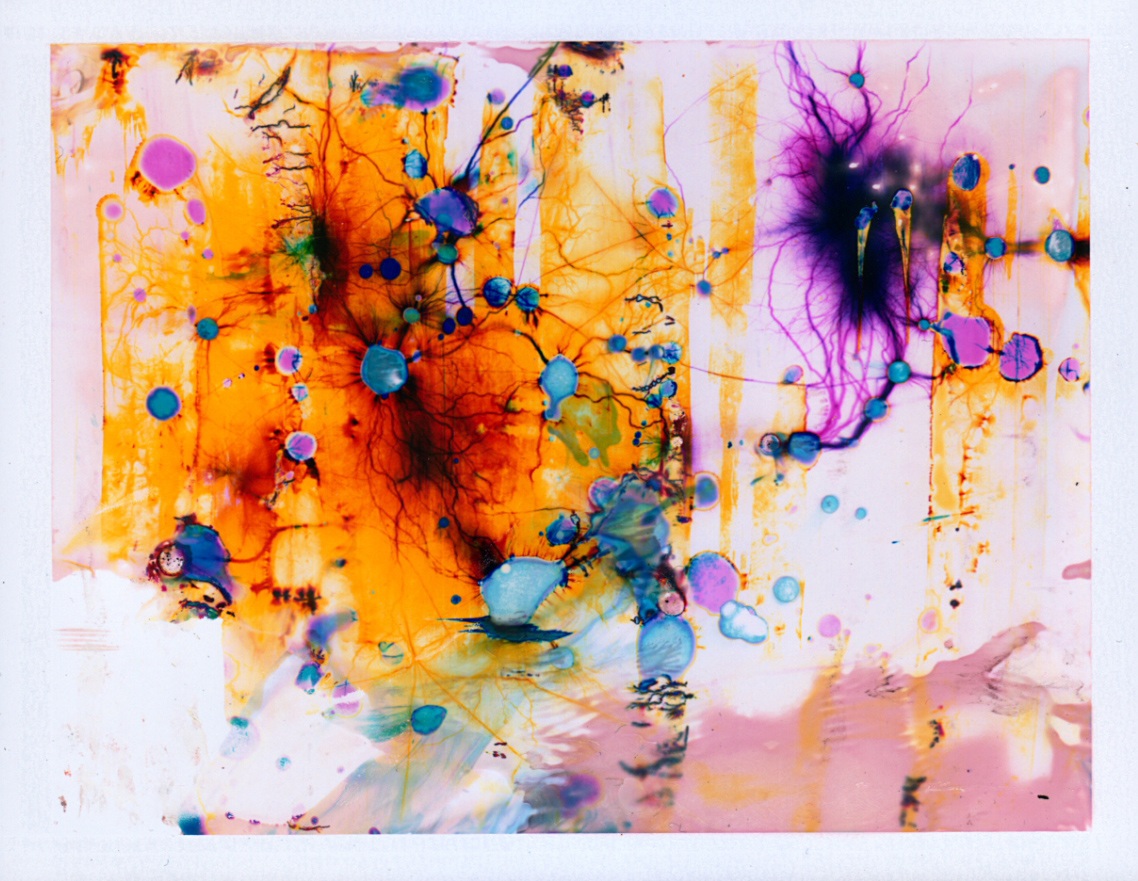
The Brooklyn-based artist Phillip Stearns fundamentally alters the structure of color film by administering as many as 15,000 electrical volts to its surface, producing a resultant print set ablaze with woven Lichtenberg figures. Often, he introduces elements found around his house, carefully applying bleach, window cleaner, salt, alcohol or baking soda prior to the electric process, causing the emulsion to break down in ever more mysterious ways.



Leave a Reply